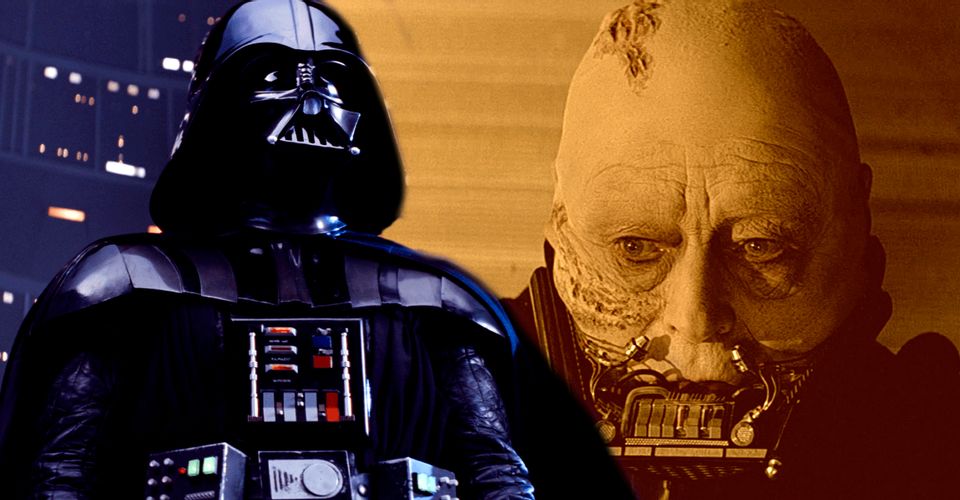Darth Vader’s Suit Design Origin Always Hinted At His Redemption

Darth Vader’s iconic suit is patterned after the famous armor worn by samurai in feudal Japan, which hints at his redemption in the Star Wars saga. Darth Vader is not only one of cinema’s greatest villains, but he also has one of pop culture’s best redemption character arcs in Return of the Jedi. The honorable samurai code, bushido, allows samurai to regain honor through sacrifice, which loosely mirrors Vader’s redemption at the end of the Star Wars original trilogy.
Darth Vader’s famous armor is as much a survival suit as it is battle gear, with cybernetics and life support systems that keep Vader in top condition, despite the grievous injuries he endured in his duel with Obi-Wan Kenobi on Mustafar. While canon doesn’t delve into the design of the suit too deeply, the Legends continuity established that Vader’s suit is based on both ancient Sith armor and imposing ancient Sith war droids. Behind the scenes, however, Vader’s appearance was based on several historical and fictional armors, from Marvel Comics’ Doctor Doom to the fortified armor of feudal samurai.
In feudal Japan, samurai followed the code of conduct, bushido, to ensure ethics, loyalty, and discipline. A dishonored samurai could regain their honor through seppuku, a form of suicide, which creates another parallel between the ancient historical warriors and Darth Vader. Vader fell from grace, becoming a Sith Lord and eschewing his identity of Anakin Skywalker, but he regained his honor to a degree by both saving the life of his son and killing Emperor Palpatine, dying in the process. This arc, while not immediately apparent from Vader’s characterization in A New Hope, was actually outlined from the outset by his suit’s design.

Anakin Skywalker became Darth Vader out of desperation to save his wife, but when she died, his Faustian bargain left him with nothing but himself and his power, so he continued to faithfully serve The Emperor as a broken man. The undying love of Vader’s son, Luke Skywalker, rekindled dormant remnants of Anakin within Vader, leading him to save his son and thus the galaxy, even at the cost of his own life. While not a literal sacrifice like seppuku, Vader’s death was the result of him eschewing any sense of personal gain in his pursuit of doing what he felt was right.
Darth Vader’s armored survival suit and sacrifice aren’t the only ways that feudal Japan has influenced Star Wars, however. The works of legendary director Akira Kurosawa, which were often set in feudal Japan, were a significant inspiration for George Lucas when creating the Star Wars franchise. A New Hope has much in common with The Hidden Fortress and Kurosawa’s Seven Samurai was adapted three different times in various Star Wars non-movie material.
Although Jedi Knights were more heavily inspired by samurai than Sith Lords, Darth Vader’s suit design was intentionally patterned after samurai armor and his redemptive sacrifice creates an additional parallel to the bushido code’s seppuku. For viewers who noticed the visual similarities between Vader and historical samurai warriors, his eventual redemption might have been suspected from the start of the trilogy. By being visually based on samurai armor, Darth Vader’s suit hinted at his fatal redemption in the Star Wars original trilogy.
- Rogue Squadron (2023)Release date: Dec 22, 2023
About The Author


















